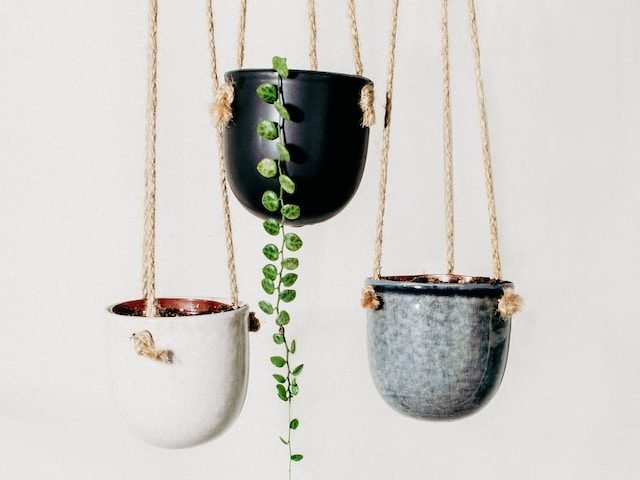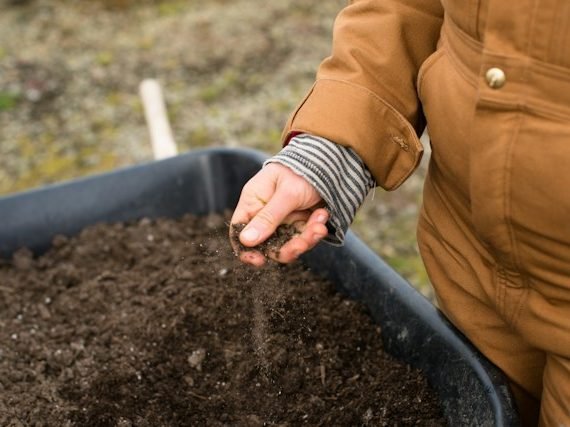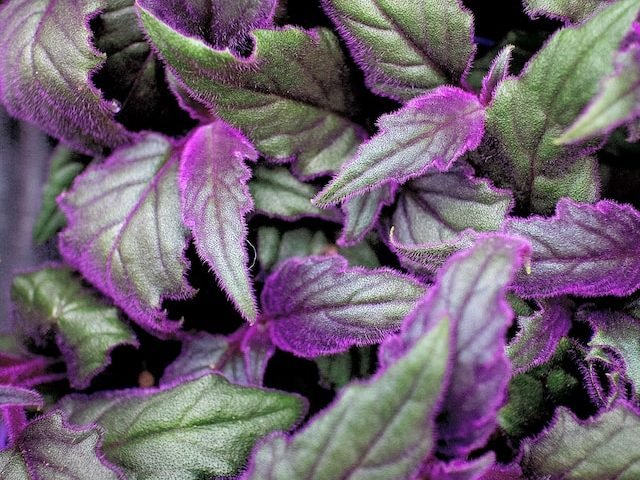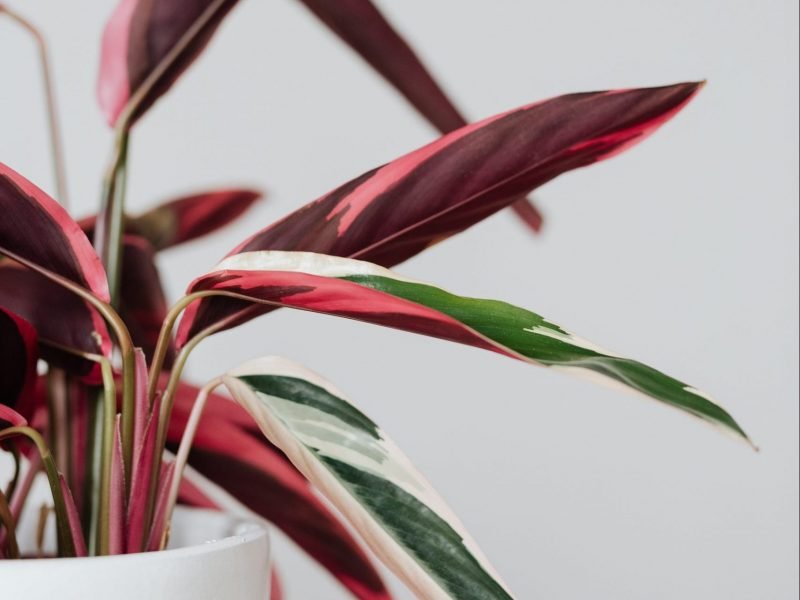Healthy Rubber Plants
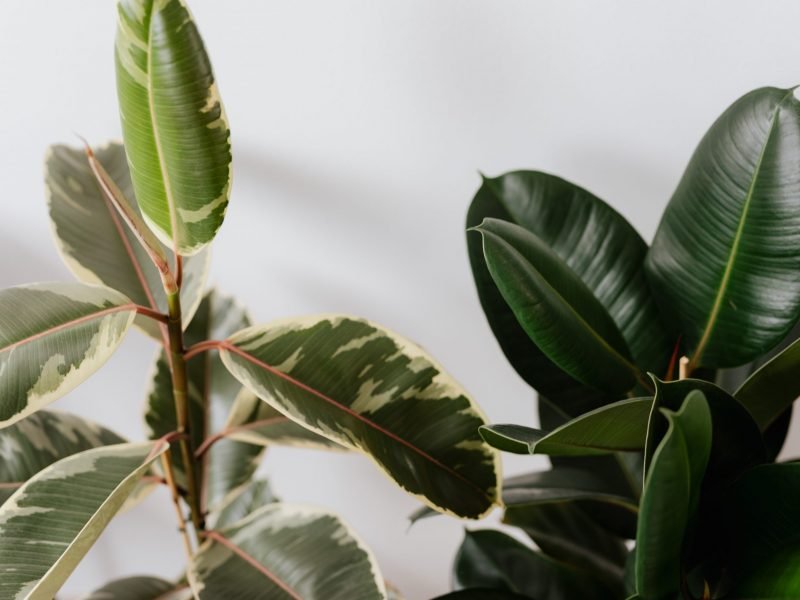
Rubber Plants tend to be fairly easy to care for and are definitely less sensitive than a lot of other popular houseplants. However, it can be frustrating when you find that your plant isn’t very happy and the loss of leaves can be a sign of this. The main causes why your Rubber Plant might be losing leaves are: overwatering, insufficient light, change in environment and pests. Rubber Plants may also lose some leaves due to natural ageing so it is important to know the difference so you can adjust your care accordingly.
Overwatering can cause your Rubber Plant to start losing leaves
If you find that your Rubber Plant is losing leaves from the bottom up, then it may be a problem with the roots that is causing the issue. The most common one is overwatering. Giving them too much water too often is one of the main killers of Rubber Plants as the impact can be pretty quick. Rubber Plants absolutely hate sitting in water as this can easily lead to root rot meaning the plant becomes unstable and also cannot get needed nutrients from its root system. Waterlogged soil also gives off quite a damp and musty smell so get up close to your plants every so often to check for any smells.
If you think that your Rubber Plant is waterlogged (and this is why it’s losing leaves), check the moisture of the soil immediately and adjust watering accordingly. We also recommend replacing the potting soil straight away (rather than waiting for it to naturally dry out) so that the roots can begin to recover and resume healthy growth. Take a look at our guide to handling root rot for more information.
In future, to prevent the issue from happening again, try to regulate your watering and always check that the top of the soil is dry before giving your plant any more water. You need to also water according to the seasons; in the spring and summer (growth period) your plant will require water about every 7 days. However, in winter (dormant period) about once a month is enough so make sure that you cut back on the frequency of watering. Correcting your watering habits will help you prevent your Rubber Plant from losing more leaves in future.
Your Rubber Plant might be losing leaves due to drainage issues
It’s worth checking the drainage of the soil and pot that you’re using for your Rubber Plant as even if you are watering the correct amount, without proper drainage your plant may still be waterlogged. Having the root ball soaked in water is likely to bring about a whole host of problems, not just your plant losing leaves. To improve the drainage of your plants; make sure there are unblocked drainage holes in the pot, any decorative pots or planters are regularly checked for excess water and potentially add some stones to the bottom of the pot or perlite to the soil.
If you are using a plastic pot then we also recommend switching this out to a terracotta pot. Plastic pots are great for nurseries and plant shops as they are cheap, lightweight and unbreakable. However, this doesn’t mean they are always the best thing for your plant to be growing in and it can make drainage a bit of a problem.
Plastic pots hold in every drop of moisture so if you accidentally overwater your plant, or the drainage holes are blocked by something, the roots on your Rubber Plant will be sitting in all of that water. However, terracotta pots are permeable which means that some water can escape and evaporate out of the sides. This can go a really long way to preventing waterlogged soil and root rot so will help prevent your Rubber Plant from losing more leaves in future as a result of poor drainage.
Insufficient light can cause your Rubber Plant to begin losing leaves
Rubber Plants like bright, indirect light and if they spend too long in a shady spot, they may start to drop some of their leaves. Make sure you place them somewhere they will receive several hours of bright light. Just be careful when placing them too close to a window though as direct light will cause other issues for your Rubber Plant (for example leaf burn), so it is about finding the right balance.
You might also need to think about moving your plant around depending on the seasons. In the winter months, when the sun isn’t as strong (and out for less of the day) it might be necessary to move your plant a little closer to the window to make use of the limited sunlight as best as possible.
If you’re unsure how much light your Rubber Plant is currently getting, or trying to figure out where in your home you might want to move it to, then it could be worth picking up a light meter. These will help you monitor the light levels throughout the day to ensure your Rubber Plant is getting the right amount.
A change in environment might be why your Rubber Plant is losing leaves
Rubber Plants have nice sturdy leaves, which can sometimes make us believe they are hardy plants that can cope in most environments. However, they are a little sensitive when it comes to their comfort zone. They don’t like to be moved around too much and a sudden change of environment can be quite harmful to your Rubber Plant. They can become quite stressed and this often results in a couple of leaves being shed. Most commonly, your Rubber Plant will start off by losing the lower older leaves in this scenario.
Different lighting and humidity levels can be quite a shock to your Rubber Plant and it may take some adjusting before the new environment becomes its new comfort zone. If you have moved house, the physical knocks it may have received in packing up and transit may have also caused some shock.
Don’t worry too much if your Rubber Plant has dropped some leaves after being moved to a new spot, it is totally natural. As long as the new environment caters for its light and space requirements, it should adjust nicely and regain strong and healthy growth.
Drafts and dry air could also be why your Rubber Plant is losing leaves
Rubber Plants are also quite sensitive to dry air and this may be causing yours to lose some of its leaves. Make sure it is not near a radiator, heating vent or AC unit as the air will be too dry.
Luckily there are a few good ways to increase the humidity for your Rubber Plant. Firstly, we recommend getting into the habit of misting the leaves a few times a week during summer. Just make sure to avoid misting in the evenings as you don’t want the leaves to be damp when it gets colder overnight as this risks leaf rot.
Moving your Rubber Plant to the bathroom is also a nice way to make sure it’s getting a boost in humidity without actually having to do anything. Just make sure that the room is getting the right amount of light. The steam from showering will be just what your Rubber Plant is looking for.
If you’re struggling to find the time to mist your plant, then it might be worthwhile to buy a humidifier. They will keep a nice stable humidity level for your Rubber Plant and will help to avoid brown tips as well as stop your plant from losing any more leaves.
You can read more about increasing the humidity for your plants in our guide.
Rubber Plants also dislike cold drafts so keep them away from any doors or windows that might be drafty. You might not notice the cold air coming in from outside so using a digital thermometer will help spot any fluctuations. You also need to be cautious during summer about streams of cold air coming from air conditioning units. Whilst it might be a nice break from the heat for you, the constant flow of cold air can be quite damaging to your plant.
A more worrying cause of your Rubber Plant losing leaves is a pest infestation
A slightly less common reason why your Rubber Plant might be losing leaves is a pest infestation. It can happen that pests such as mealybugs, spider mites and scale bugs take hold of your plant and exhaust the leaves, causing them to fall off.
If you find pests on your plant we recommend giving the whole plant a shower. They have quite hardy leaves so can withstand the shower better than some other more delicate plants. Make sure the shower isn’t on full pressure and the water is temperate, and you should be fine. You should also treat your Rubber Plant with an organic insecticide to fight the infestation and prevent it from losing any more leaves.
Make sure to check over your other plants in the room to see if any other plants have pests. Keep your Rubber Plant (and other infected plants) a good distance away from any of your other houseplants as you don’t want the pests to spread.
Over-fertilisation can mean your Rubber Plant loses leaves
Most generic plant foods and fertilisers will recommend a dosage for your plants, but it’s often far too much for your Rubber Plant and can result in leaves being dropped. The best thing to do here is to try out feeding at half the recommended dosage and see how your plant reacts. Try also decreasing the number of times you fertilise your Rubber Plant each year. A few times during the growth period of spring/summer will definitely be enough.
Overcrowded roots can cause your Rubber Plant to lose leaves
If your Rubber Plant is losing leaves from the bottom up, and you are sure that overwatering is not the cause, then it may be due to overcrowding roots. Although Rubber Plants don’t need to be repotted often, if you haven’t checked the roots in over a year then it may be time to have a peek. If your plant is potbound it may mean the roots are unable to take up enough nutrients and are damaged from being squeezed together.
If you find that it is time to repot your Rubber Plant, choose a pot that is a few centimetres bigger in diameter as repotting into a much larger pot will cause the plant to become unstable.
Start off by removing all of the old soil carefully from the roots, don’t worry if you find some of the roots are coming off with it, these will grow back pretty quickly and shouldn’t damage the overall health of your plant. Repot using nice new potting soil and make sure that there is proper drainage in the pot, ideally nice holes at the bottom of the pot. To increase drainage you can also add some stones at the bottom, as we mentioned above, so that water can flow through nicely and stop waterlogged soil causing your Rubber Plant to start losing leave again.
Natural ageing can cause your Rubber Plant to lose leaves
As your plant matures, it may occasionally lose a lower leaf as a natural sign of ageing. This is absolutely nothing to worry about but make sure that you keep track of how many leaves have dropped and how often this is occurring.
If you feel it is losing too many leaves, double-check the environment around your Rubber Plant as it could be a sign of one of the issues detailed above. There is no harm in giving the soil and roots a once-over to check for signs of root rot and keep an eye on any changes in light or temperature that may be affecting its health.
There may be quite a few reasons why your Rubber Plant may be losing some of its leaves, so it will take a little bit of a process of elimination to find the right one. However, it is never a bad thing to double-check the root health and your watering schedule so just spend some time getting to know your plant a little better.
You can check out our complete Rubber Plant Care Guide for more information on how to take care of your Rubber Plant and help diagnose any issues that may occur.



